Top Aluminum Wheel Picks for 2019
If you want a mix of performance, low price, and great wet weather (rim) braking, that means you’re in the market for a set of aluminum wheels. Last week, we took a 30,000 foot view of the relevance of aluminum wheels in 2019, and concluded that – yes, they’re still a big player in the market. This expanded into a thread in our reader forum, where some of you chimed in with questions, comments, and your favorite products.
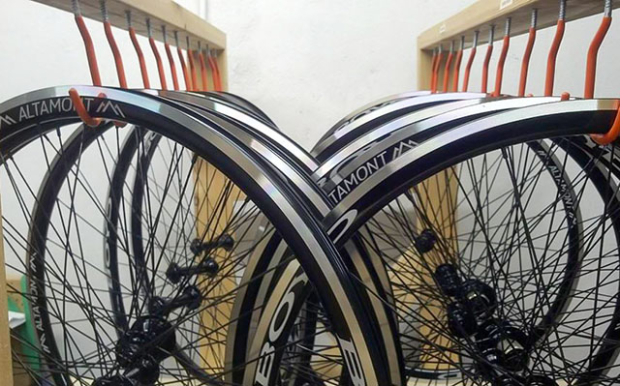
Not all forum members read the front page (and vice versa), so we’re going to put together a list of top aluminum wheels for 2019 and beyond. Note that we listed a basic set of basic criteria to look for when shopping for performance aluminum wheels – so let’s recap.
1. Internal rim width of 17 – 21mm. Outer rim width of 22 – 25mm.
2. Rim depth of 25 – 35mm. Deeper looks cooler and might gain an aero edge – at the expense of weight.
3. Tubeless compatibility – if that’s your cup of tea.
4. Bladed steel spokes
5. *Beware of super lightweight hubs that contain tiny bearings that won’t last.
Sadly, some of the top historic choices no longer exist – the Zipp 101 and the American Classic 420, for example. Let’s take a look at a few of your best options today in 2019. Note that we’re focusing on full alloy rims, not pricier carbon/alloy hybrids.
Boyd Altamont
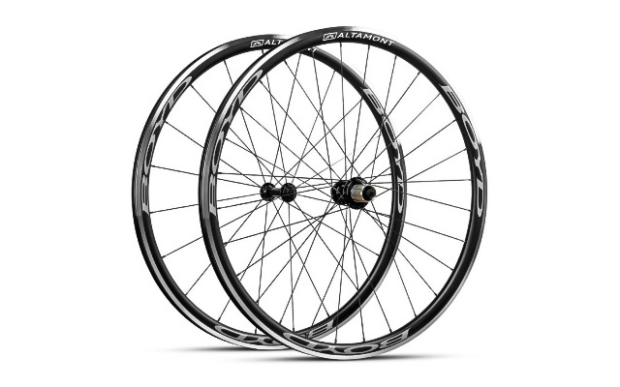
Specs:
Internal Width: 20mm
Brake Track Width: 24mm
Depth: 30mm
Weight: 1,645g / pair
Tubeless-compatible?: Yes
MSRP: $650 / pair
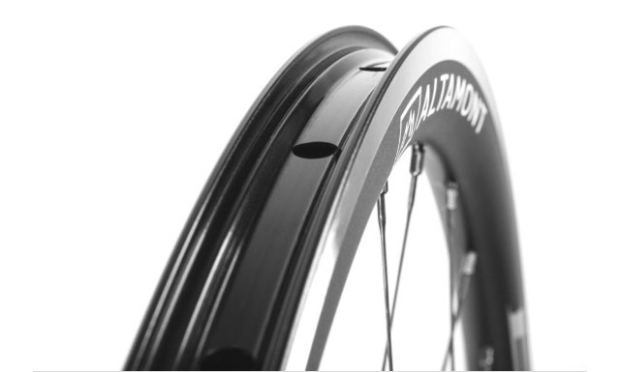
I’ve never ridden Boyd wheels, but their Altamont aluminum platform looks to be a winner. The standard version of the wheel is both deep and wide, with a very reasonable overall weight of 1,645 grams. They’re tubeless-compatible, and even available in a high-tech ceramic-coated version for a $150 upcharge (for the full-stealth look). Note that the ceramic rims include Swiss Stop BXP brake pads, and are said to offer improved stopping in all conditions. There’s also a special “Lite” version of the Altamont with a 25mm-deep rim and 1,530g weight per pair. If it was my money, I’d stick with the deeper standard Altamont for the improved aero performance (and appearance, in my opinion).
DT Swiss PR 1600 Spline 32
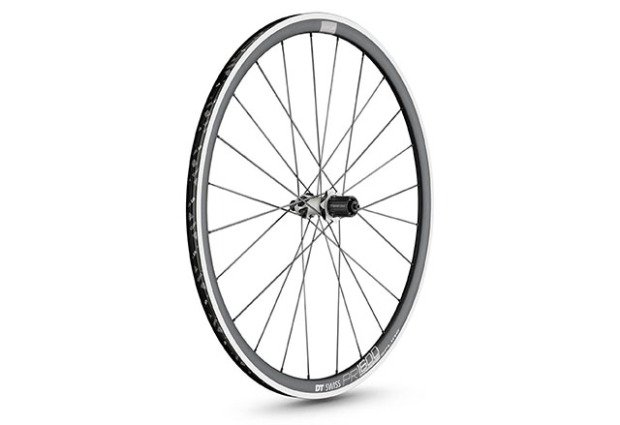
Specs:
Internal Width: 18mm
Brake Track Width: 21.5mm
Depth: 32mm
Weight: 1,723g / pair
Tubeless-compatible?: Yes
MSRP: $735 / pair
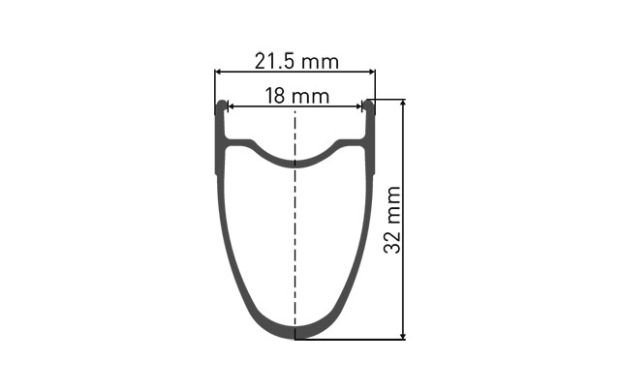
DT Swiss doesn’t get enough credit in triathlon. If you ask me, it’s due in-part to their product names. Somewhat similar to Shimano, they often include a mix of letters and numbers that are hard to remember, which is unfortunate given the quality of the product.
DT has had several iterations of deep-ish alloy rims over the years, and the current PR 1600 Spline 32 is a hit. At 32mm deep and 21.5mm wide, it’s right on the border of what you want in terms of width. The weight is a little bit burly on-paper at 1,723 grams, but I’ll talk you off the ledge with my real-world experience: DT makes wheels that last. I’ve hand-built many wheels with DT rims and hubs over the years, and have had exactly zero problems. If you want something that looks good, hits the dimension requirements you want, and won’t cause problems, DT should be at the top of your list.
Mavic Cosmic Elite

Specs:
Internal Width: 17mm
Brake Track Width: 23mm
Depth: 30mm
Weight: 1,770 grams
Tubeless-compatible?: Yes
MSRP: $549 / pair
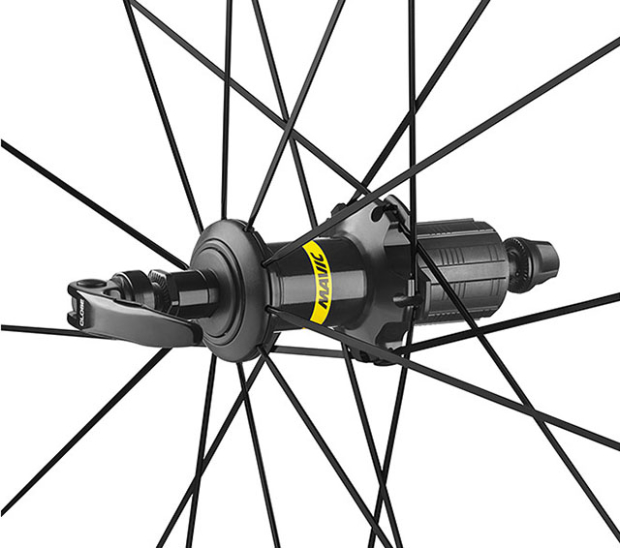
I’ve had a soft spot in my heart for Mavic’s Cosmic Elite since I first saw them 15+ years ago. With 30mm-deep rims and Mavic’s good reputation for build quality, I always wanted a pair. While they remained unchanged for many years, they’re now up-to-speed with 17mm internal width and even UST tubeless compatibility (a step beyond the often hit-and-miss tubeless fit with “tubeless-ready” rims). In addition, Mavic is known for outstanding machined braking surfaces, which stop reliably (even in wet/cold weather, when paired with Kool Stop pads).
At a price of $549, they’re utterly attainable – and might be found as take-offs (on the used market) from a new bike that’s been upgraded to carbon. The weight might not look great on paper, but similar to DT Swiss, you won’t have any headaches to deal with.
Kinlin XR31T
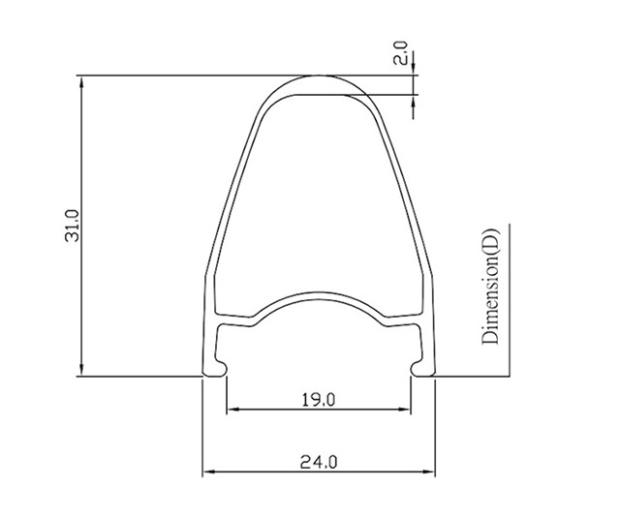
Specs:
Internal Width: 19mm
Brake Track Width: 24mm
Depth: 31mm
Weight: 490g (rim)
Tubeless-compatible?: Yes
MSRP: Depends on build
Kinlin is a Taiwanese rim manufacturer that isn’t very well known in the US. Typically available from custom wheel builders, their XR31T rim hits all of the important specs with its 31mm depth and 24mm outside width. The bonus is that the rear rim is available in an offset version, helping to even out spoke tension (a rarity in this field).
Aforce Al33
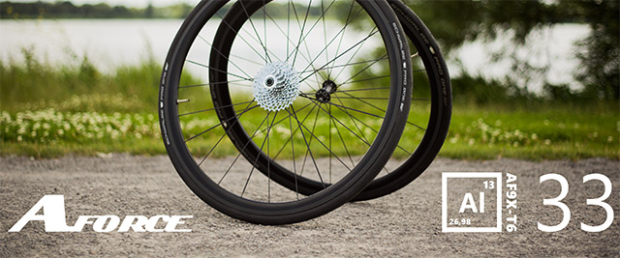
Specs:
Internal Width: 20mm
Brake Track Width: 24mm
Max Rim Width: 26mm
Depth: 32.5mm
Weight: 485g (rim)
Tubeless-compatible?: Yes
MSRP: Depends on build
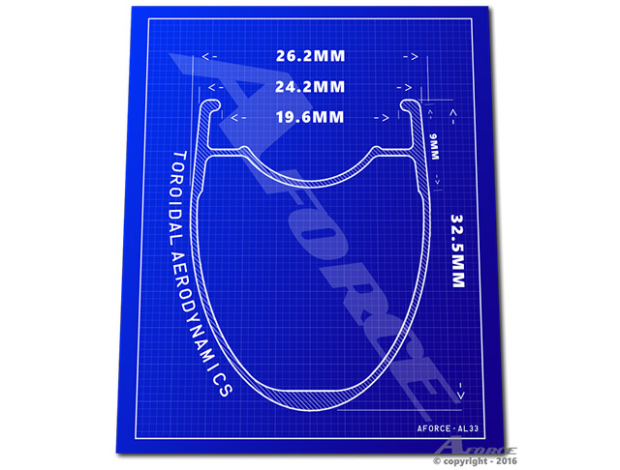
The Aforce Al33 is similar to the Kinlin above in that it’s not as well-known in the US market, and is often sold by custom builders. To my knowledge, it’s the only toroidal aluminum rim that’s available today – meaning that it has a bulged shape with angled braking surfaces. That’s a title once held by the Zipp 101, so this rim is in good company. It also has a surprisingly light advertised weight of only 485 grams per rim – that’s super light for a rim this deep and wide.
You can also have the rim in two versions: standard braking surface or ceramic-coated. Is this the new performance standard for alloy and ‘stealth aero’? I think so.
Vision Trimax 35
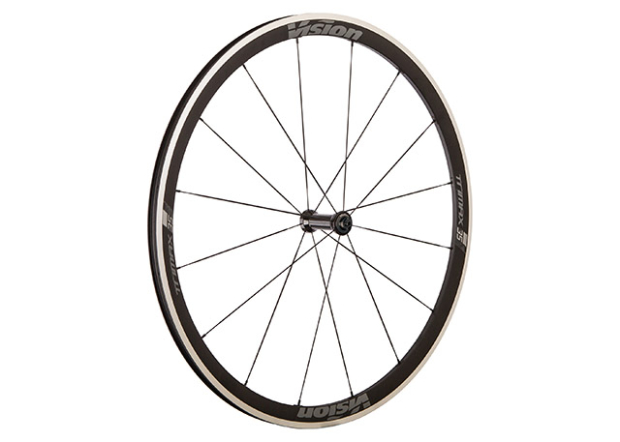
Specs:
Internal Width: 17mm
Brake Track Width: 22mm
Depth: 35mm
Weight: 1,690g / pair
Tubeless-compatible?: No
MSRP: $728 / pair (KB Version)
Vision hits an interesting mix of options in their aluminum line, with 25mm, 30mm, and 35mm depths. Additionally, they have machined braking surfaces, or an all-black “KB” coated rim. I’m testing the 35mm depth with standard aluminum surface, and measured it to be 22.5mm wide, 0.5mm wider than advertised. The depth is a little bit misleading, as the 35mm measurement only occurs right at the spoke holes, and is milled out in-between for weight savings (shaving a couple millimeters of depth).

My only wish is that Vision could combine the characteristics of the 30 and 35mm versions into one do-it-all beast. What do I mean? The 30mm version is wider at 24mm – plus it adds tubeless compatibility. Those specs at a 35mm depth would compete well with the Aforce and Kinlin options above. As of now, the Trimax 35 stands as a solid everyday trainer that can double as a race wheel when combined with the right tube and tire choice.
—
If you have a different choice or favorite – let us know in the comments below, including why!



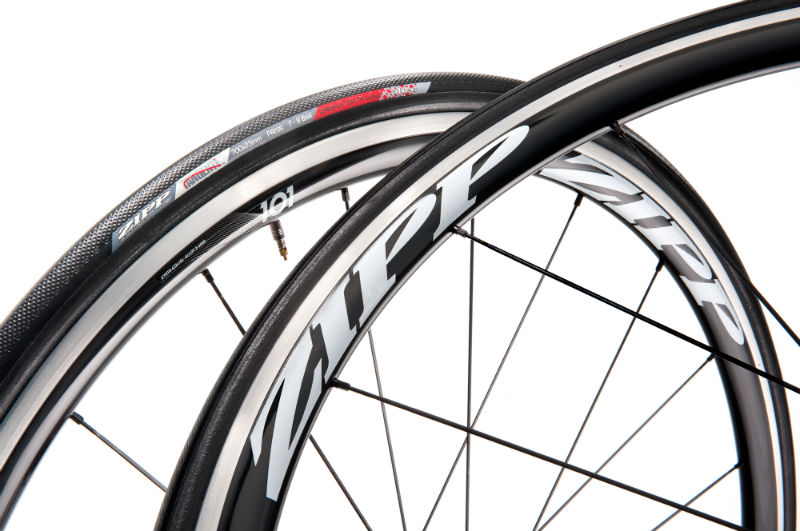
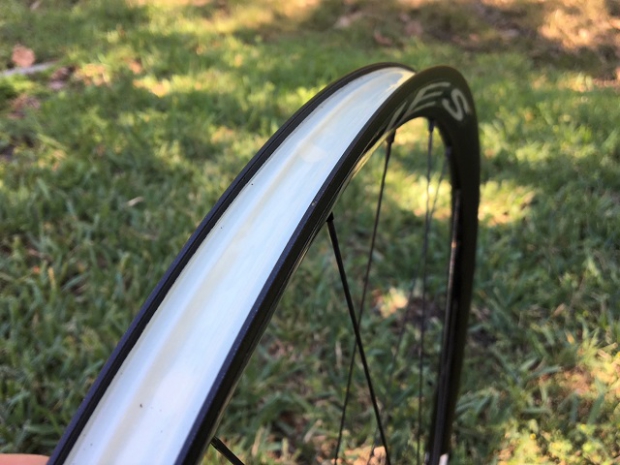
Start the discussion at slowtwitch.northend.network